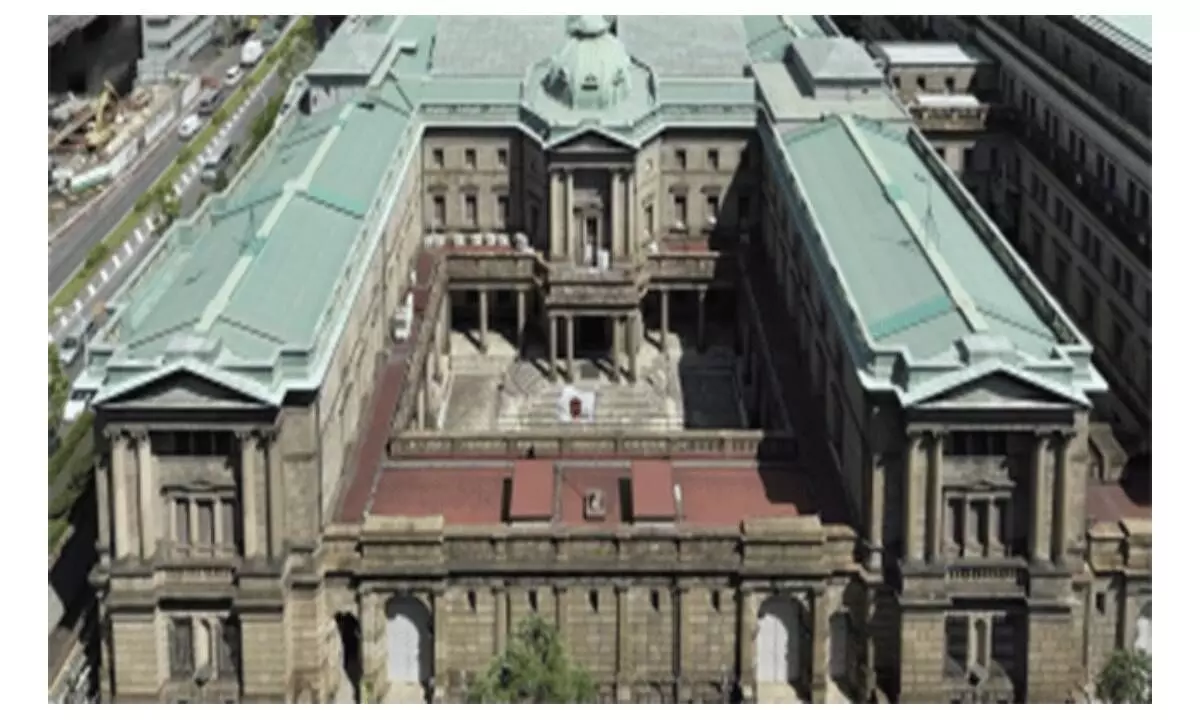Bank of Japan ends decades-long negative interest policy
The Bank of Japan (BoJ) decided to end its negative short-term policy rate, which started in January 2016, and its yield curve control scheme, introduced in September in 2016. The policy rate hike is the first since July 2006, says S&P Global Market Intelligence
image for illustrative purpose

New Delhi, March 19: The Bank of Japan (BoJ) decided to end its negative short-term policy rate, which started in January 2016, and its yield curve control scheme, introduced in September in 2016. The policy rate hike is the first since July 2006, says S&P Global Market Intelligence.
The bank will probably maintain its ultra-loose monetary policy over the near term.
Although the decisions are the first moves toward normalising Japan’s monetary policy, the bank will not likely rush changes to its framework, given that inflation is unlikely to accelerate significantly beyond about 2 per cent under the current economic growth outlook, the analysis said.
Even if the BoJ plans to maintain buffers in case the economy decelerates and inflation weakens, the next policy rate hike is likely to occur in the second half of 2025 in line with improving domestic and external demand, S&P Global Market Intelligence said.
As Japan has just returned to a neutral rate after a prolonged phase of deflation, further policy rate hikes will depend largely on economic and financial markets in Japan and abroad.
In 2016, the bank cut the rate below zero in an attempt to stimulate the country's stagnating economy. The hike means that there are no longer any countries left with negative interest rates, BBC reported.

